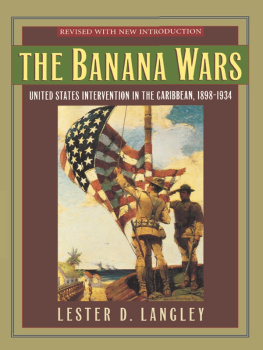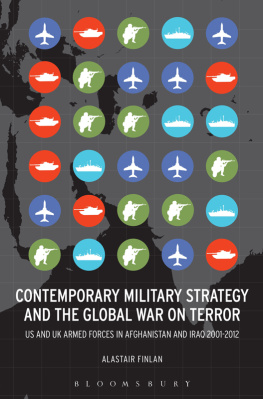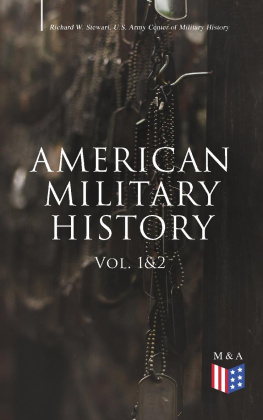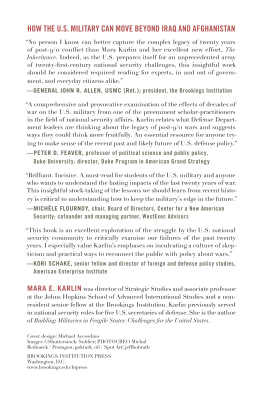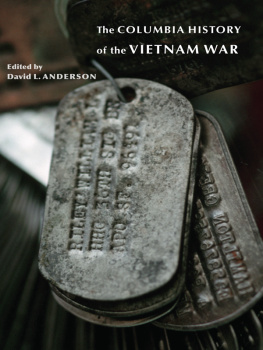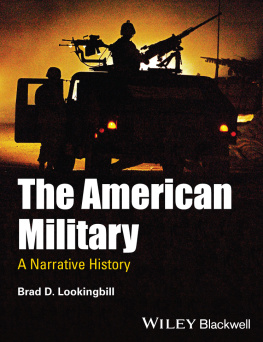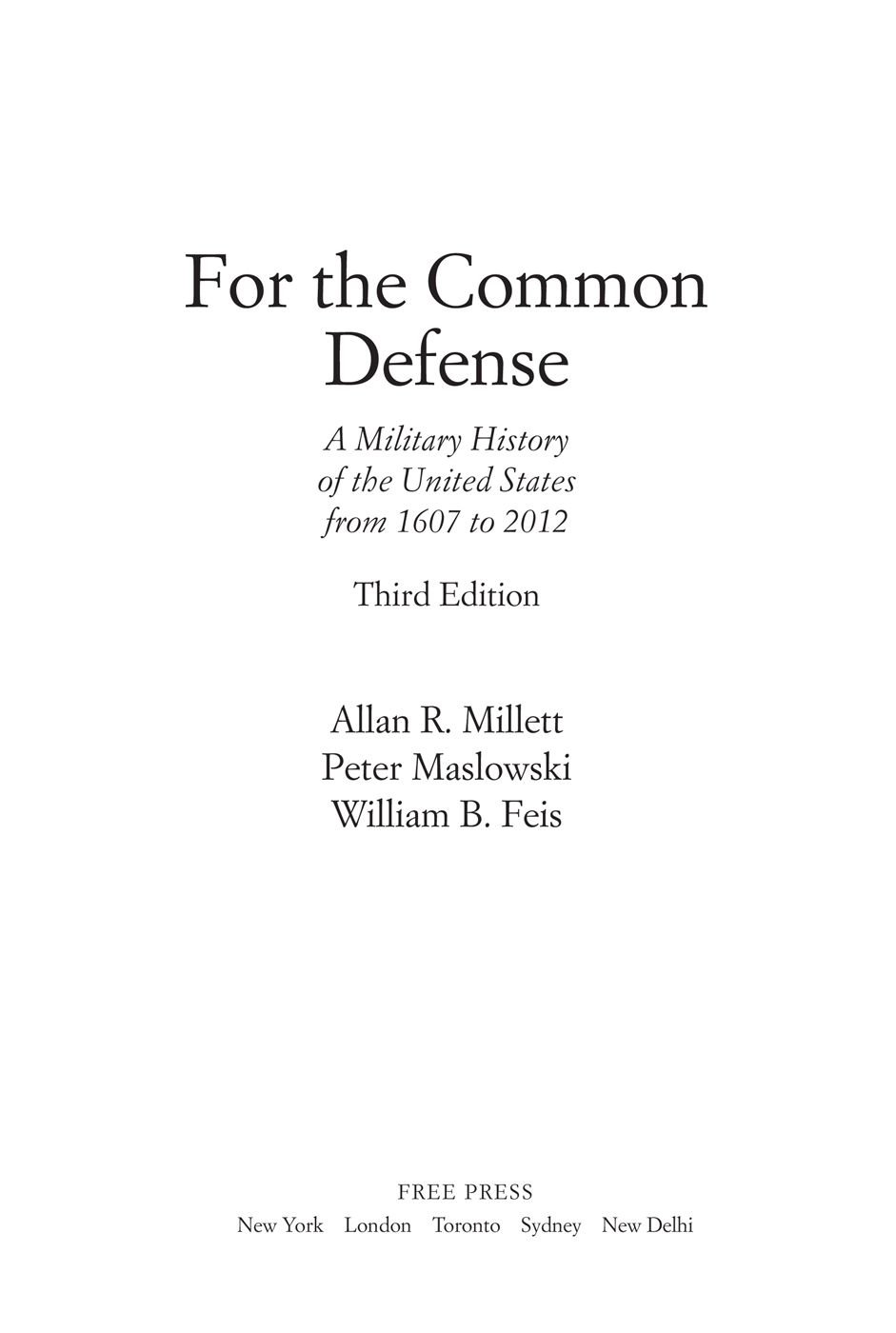Thank you for purchasing this Free Press eBook.
Sign up for our newsletter and receive special offers, access to bonus content, and info on the latest new releases and other great eBooks from Free Press and Simon & Schuster.
C LICK H ERE T O S IGN U P
or visit us online to sign up at
eBookNews.SimonandSchuster.com
Contents
The Chapter Bibliographies and General Bibliography can be accessed online at the Free Press author pages: http://www.SimonandSchuster.com , and Professor Feiss webpage at Buena Vista University: http://web.bvu.edu/faculty/feis/ftcd/FTCD_Bib.html
Acknowledgments
Writing the acknowledgments for a book that is thirty years old and now takes new life in a third edition is more challenging than writing the book. It does not become easier when the book has three authors. As the senior author, I have usurped the role of writing these acknowledgments in order to avoid pronoun confusion. Peter Maslowski and William B. Feis are blameless for any oversights or insensitivities our readers may spy.
This book had its start in my first exposure to a class in American military history taught by my adviser, the late Harry L. Coles, at The Ohio State University. Harry assigned us Walter Milliss Arms and Men (1956). Given the choices in 1963, the book was the right one for a course that stressed civil-military relations and the political and social influences on strategy. Having just finished three years as a Marine infantry officer, I didnt want to read a textbook written for ROTC cadets about leadership and patriotism, the general focus of the other potential texts. On the other hand, Millis had little feel for how military organizations work (or dont), and his grasp of operational problems lacked expertise. Harry agreedand said I should try to do better some day. That day came sooner than he and I anticipated.
I had the good fortune to return to The Ohio State University in 1969 after teaching at the University of Missouri-Columbia for three years. Harry Coles had become department chair, and I inherited his one-quarter (ten-week) course on American military history, from Jamestown to the nuclear age. I had used Millis at Missouri and did not like it for a semester course. I liked it even less on the quarter system. On the other hand, I also inherited a stellar group of graduate students, among them Calvin Christman, Robert Daugherty, J. Frederick Shiner, and Peter Maslowski. Peter and I shared several interests, among them bird-watching and basketball. Peter finished his dissertation despite my mentoring, went to the University of Nebraska-Lincoln, taught American military history, and agreed with me that the book choices still left much to be desired. By now we had a new candidate, Russell F. Weigleys The American Way of War (1973); but Russ, I thought, worked too hard to make military history (often just army history) fit his criticism of American strategy in Vietnam. Through the 1970s, as Peter and I taught and wrote other books, we talked about writing our own text. Peter took the initiative in opening negotiations with the Free Press, and soon we had a contract and a chance to write, not just gripe.
NO GENERAL HISTORY of American military policy could exist without the contributions of the two generations of scholars whose books, essays, and articles provide the foundation for this book. Our debt to them, acknowledged in the online chapter and general bibliographies ( http://www.bvu.edu/faculty/feis/ftcd/FTCD_Bib.html and the Free Press author pages at http://www.SimonandSchuster.com ) is complete. We hope they recognize their contributions among our breezy assertions and breathtaking generalizations. We are indebted to our colleagues who volunteered their considerable talent and precious time to critique our individual chapters. Peter, the author of Chapters 1 through 9 for the first two editions, appreciated the advice of Dr. Douglas E. Leach, Dr. Don Higginbotham, Dr. Charles Royster, Dr. Richard H. Kohn, Dr. Craig L. Symonds, Dr. Francis Paul Prucha, Dr. K. Jack Bauer, Dr. Archer Jones, Dr. Frank E. Vandiver, Dr. James A. Rawley, Dr. John Y. Simon, Dr. James M. McPherson, Dr. Robert M. Utley, Dr. Benjamin Franklin Cooling III, Dr. Graham A. Cosmas, and Dr. David F. Trask, all experts on the American military experience from the colonial period to the twentieth century. Dr. Patrice M. Berger of the University of Nebraska-Lincoln history department, Lawrence J. Baack (a former history professor), and Ms. Barbara Rader also provided Peter with evaluations from perspectives professional but unspecialized in U.S. history. Peter asked his mother, Edna H. Maslowski, to read portions of several chapters to check his literary English in the first edition.
I wrote Chapters 10 through 17 of the first edition with the sound advice of a distinguished platoon of specialists in twentieth-century American military history: Dr. Timothy K. Nenninger, Dr. Dean C. Allard, Dr. Daniel R. Beaver, Dr. Donald Smythe, Dr. Forrest C. Pogue, Colonel J. F. Shiner, USAF, Dr. Gerald E. Wheeler, Dr. Williamson Murray, Mr. Kenneth H. Watman, Mr. Charles MacDonald, Dr. Ronald H. Spector, Dr. John L. Gaddis, Colonel Roy K. Flint, USA, Lieutenant Colonel Harry Borowski, USAF, Brigadier General Douglas Kinnard, USA (Ret.), Dr. David Alan Rosenberg, Brigadier General Edwin H. Simmons, USMC (Ret.), Dr. George C. Herring, Dr. David S. Sorenson, and Dr. Joseph J. Kruzel. We also want to thank those members of the history departments of the U.S. Military Academy and the U.S. Air Force Academy who reviewed parts of the original manuscript.
From its inception, this study enjoyed the support of the Mershon Center for Education and Research in National Security at The Ohio State University, directed successively by Dr. Richard K. Snyder and Dr. Charles F. Hermann, when this book was first written. In addition, the University of Nebraska-Lincoln provided Peter with a Faculty Development Fellowship and Maude Hammond Fling Summer Fellowship in order to work on this book.
Mrs. Yvonne Holsinger and the staff of the graphic arts division of The Ohio State Universitys Teaching Aids Laboratory drew the maps that have graced this book for almost thirty years. In addition, Joyce Seltzer and Robert Harrington of the Free Press offered valuable suggestions on the original manuscript.
AFTER TEN YEARS , Peter and I agreed that For the Common Defense needed a fresh coat of learning and updating. We had suggestions for improvement from reviewers, from other historians who used the book in their classes, and from our students, never shy in commenting about their readings. Since our readers had not found whole sections of the book wrongheaded, we agreed that peer review of every word in every chapter need not slow our revision process. The only original addition was Chapter 18 and the Epilogue, which started with the end of the Vietnam War and carried the narrative through the Gulf War, which I wrote. Even though Peter did not have to rewrite Chapters 1 through 9, he sent these chapters or portions of them to Dr. Ira D. Gruber, Dr. Robert Wooster, Dr. Donald R. Hickey, and Dr. Brian Linn for review. As I recall, they liked the chapters very much. Since I had one new chapter that needed close review, I asked my colleague Dr. Williamson Murray to read it, and we turned to an uncommon graduate student, Jay Young, whose government service in the 1980s made him especially expert on the defense policy of the Reagan era. For the Gulf War, I relied upon Brigadier General Edwin H. Simmons, USMC (Ret.), director of the Marine Corps History and Museums Division and my former commanding officer when I headed the fighting historians of MTU DC-4. After my retirement from the USMCR in 1990, the dedicated reserves of DC-4 covered the Gulf War on the ground, and I saw their early drafts, as well as some operational summaries. To finish the review process, we asked Dr. Stephen E. Ambrose to read the whole manuscript and participate in a panel discussion of the book at the March 1993 meeting of the Southwestern Social Sciences Association in New Orleans. Steve read the entire manuscript with the highest standards of professional attentiveness and made recommendations I accepted without regret.
Next page


